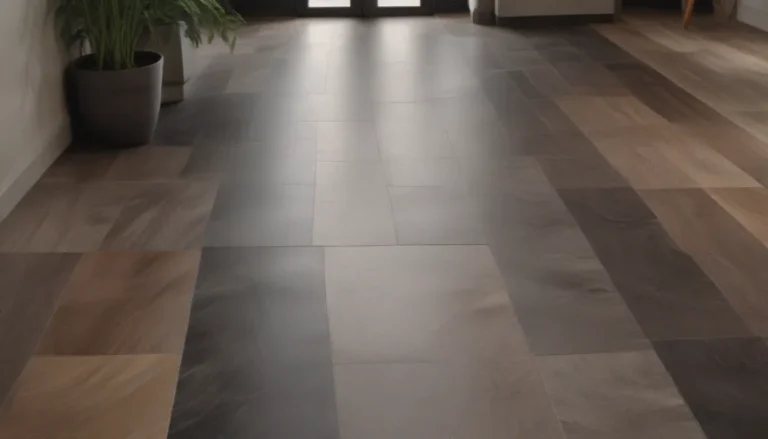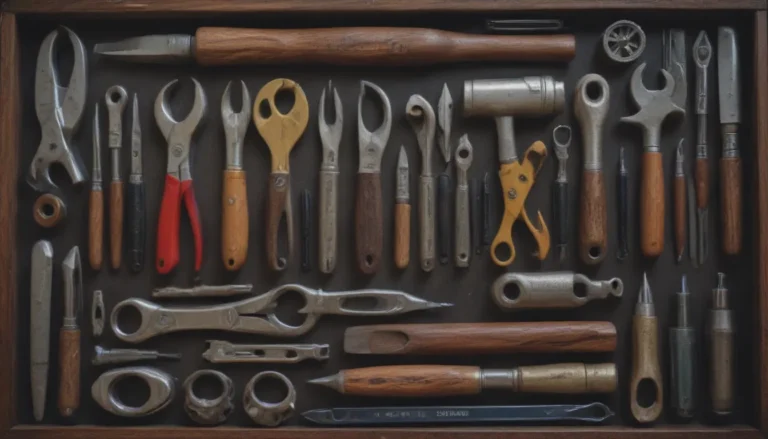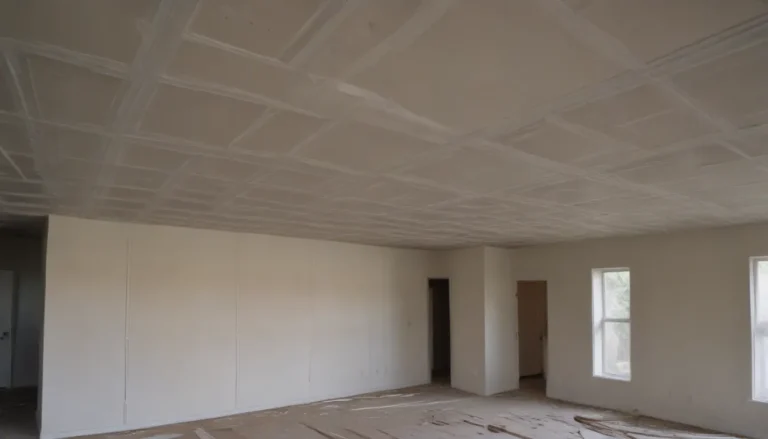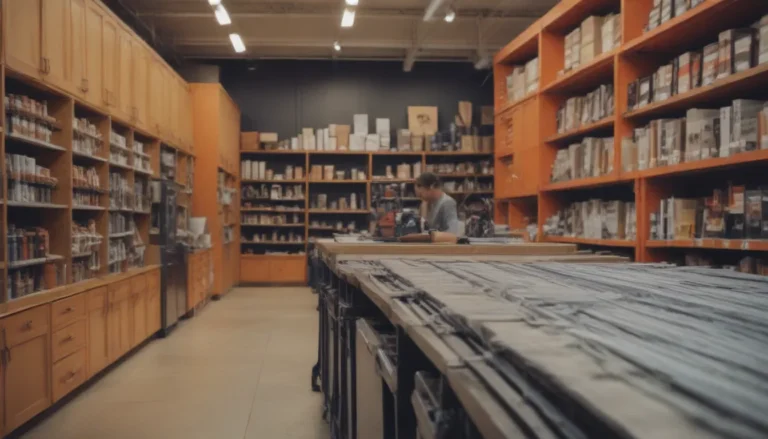The Ultimate Guide to Choosing the Best Wood Deck Board Materials
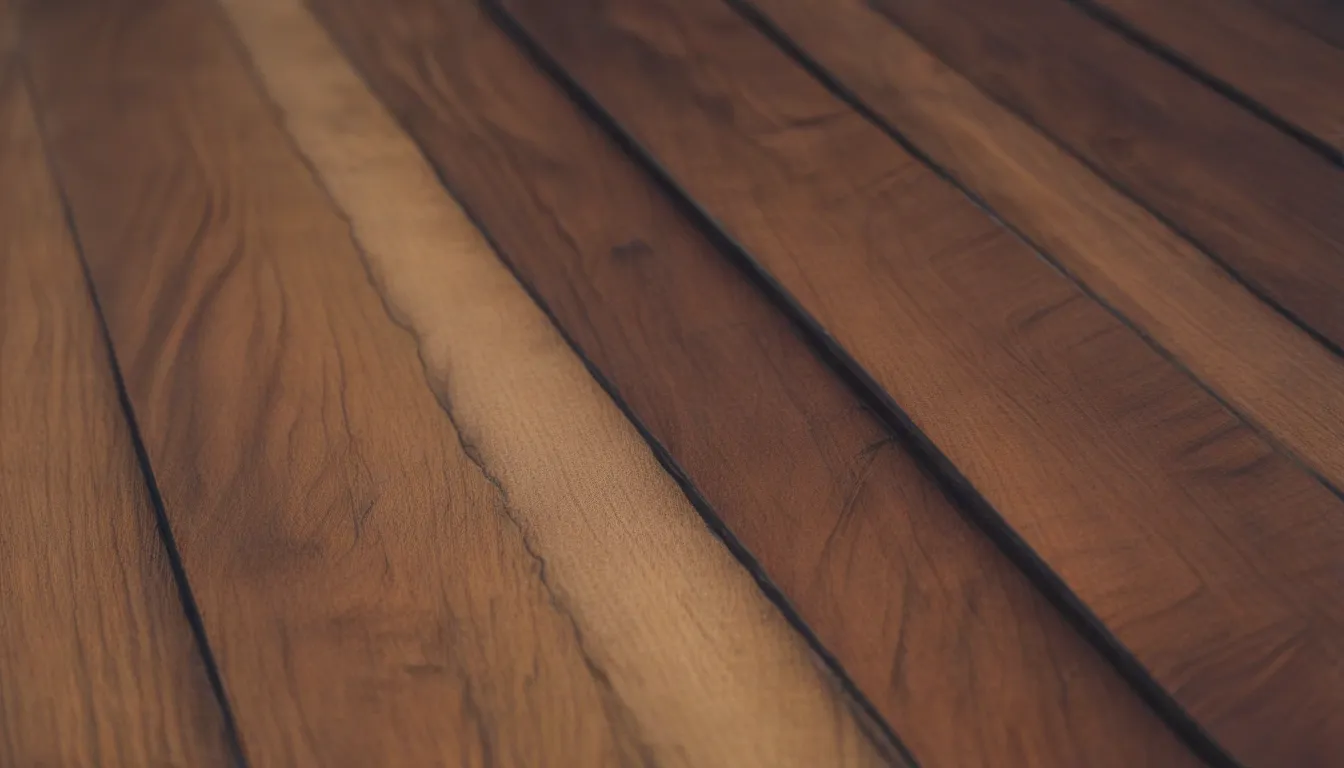
Are you looking to create the perfect deck for your backyard oasis? There’s no denying the timeless beauty and natural appeal of wood. From classic pressure-treated options to exotic hardwoods like ipe, there are plenty of choices when it comes to selecting the best wood deck board materials. In this comprehensive guide, we will explore the top wood deck board materials, their pros and cons, and how to choose the right one for your project.
Pressure-Treated Wood Deck Boards
Pressure-treated wood is a popular and cost-effective choice for deck flooring. It is readily available at local home centers and lumber yards, making it a convenient option for DIY enthusiasts. Here are some key features of pressure-treated wood:
- Softwoods like Douglas Fir, Hemlock, Southern Yellow Pine, and Ponderosa Pine are commonly used for pressure-treated wood decks.
- Pressure-treated boards are treated with preservatives to resist decay, termites, and fungi.
- Easy to obtain and cost-effective.
- Requires regular maintenance to prevent splintering and cracking.
- Can be painted to match your outdoor decor.
- Best for side-fastening with hidden deck fasteners to maintain a clean look.
While pressure-treated wood is a practical choice for deck flooring, it may not be as durable or attractive as other options on the market.
Composite Wood and PVC Deck Boards
Composite wood and PVC (polyvinyl chloride) are synthetic alternatives to natural wood. These materials offer durability and are often barefoot-friendly. Here are some key points to consider:
- Composite wood and PVC are resistant to moisture, rot, and fading.
- More expensive than traditional wood options.
- Limited joist spans, which may require additional support.
- Ideal for low-maintenance decks.
- Available in a variety of colors and finishes.
Composite wood and PVC are a viable option for homeowners seeking a modern and long-lasting deck solution. However, they may not have the same natural appeal as wood.
Ipe Wood Deck Boards
Ipe wood, also known as Brazilian Walnut, is a top-of-the-line exotic hardwood that is prized for its durability and beauty. Here are some features of ipe wood:
- Dense and hard, making it resistant to wear and tear.
- Minimal maintenance required to maintain its appearance.
- Resistant to splintering, cracking, and fading.
- High cost and professional installation recommended.
- Limited availability and high shipping costs.
- Excellent resale value and longevity.
For those willing to invest in a premium deck material, ipe wood is a luxurious choice that will elevate the look of any outdoor space.
Redwood Deck Boards
Redwood is a classic choice for deck floorboards, known for its rich color and natural beauty. Here are some key points to consider:
- Heartwood is more resistant to decay and rot than sapwood.
- Attractive deep red color that weathers well over time.
- High cost and limited availability.
- Prone to splintering and wear with foot traffic.
- Natural preservatives make redwood a low-maintenance option.
While redwood is a timeless and elegant choice, it may not be as practical or cost-effective as other deck materials.
Red Cedar Wood Deck Boards
Red cedar is another popular option for deck boards, valued for its natural beauty and durability. Here are some features of red cedar wood:
- Oily wood that weathers to a silver-gray patina over time.
- Suitable for painting or staining to maintain color.
- High strength-to-weight ratio for durability.
- Prone to splintering and fading if not treated.
- May be difficult to find in the correct dimensions for flooring.
Red cedar offers a unique aesthetic and natural appeal that can enhance any outdoor space. However, it may require more maintenance compared to other wood deck materials.
Hem-Fir Wood Deck Boards
Hem-fir is an affordable option for deck boards that offers strength, durability, and versatility. Here are some key features of hem-fir wood:
- Low cost and excellent joist spans.
- Requires preservative treatment for longevity.
- Available in various dimensions for customization.
- Suitable for painted decks.
Hem-fir is a practical and budget-friendly choice for homeowners looking to build a sturdy and functional deck. While it may not have the same aesthetic appeal as exotic hardwoods, it offers value and reliability.
Can You Use Pallet Wood for Decks?
Wood pallets have gained popularity as a trendy and rustic building material. Here are some considerations when using pallet wood for decks:
- Free and easy to find.
- Pre-distressed for a unique look.
- Short board lengths may require more labor to install.
- Prone to splintering and deterioration over time.
- Not suitable for long-term or high-traffic use.
While pallet wood can be a cost-effective and trendy option for deck construction, it may not offer the durability or longevity of traditional deck materials.
Conclusion
When choosing the best wood deck board materials for your project, consider factors such as durability, maintenance, cost, and aesthetics. Each type of wood has its own unique characteristics and advantages, so it’s essential to weigh your options carefully before making a decision. Whether you opt for affordable pressure-treated wood, luxurious ipe, or classic redwood, choosing the right deck material will enhance the beauty and functionality of your outdoor living space for years to come.
